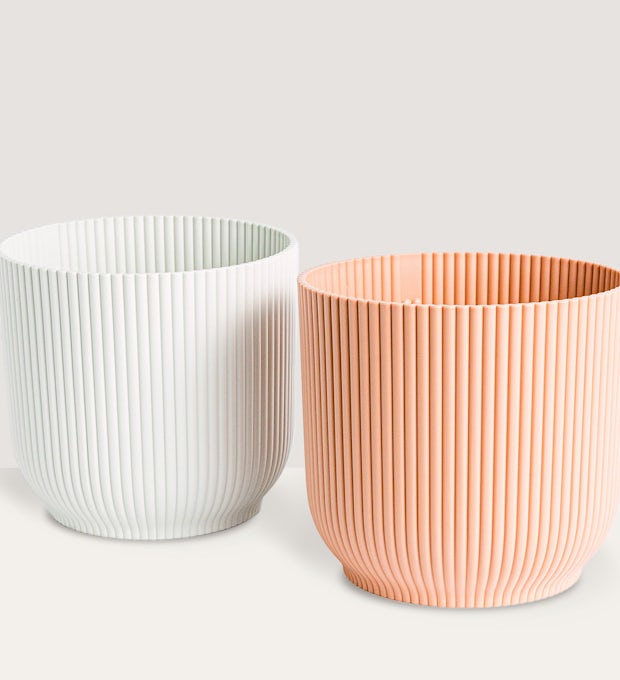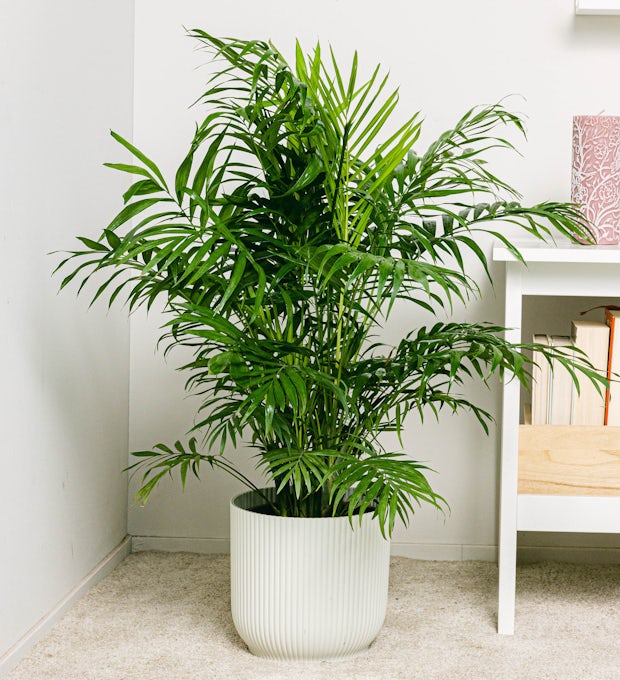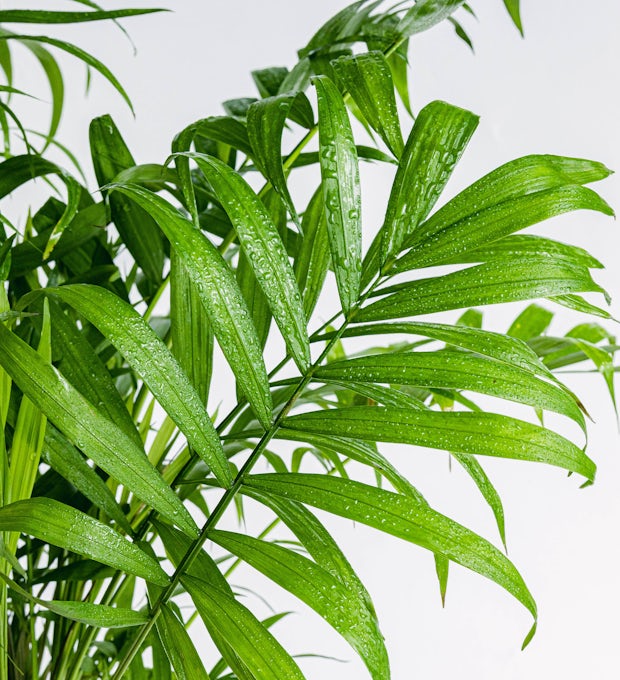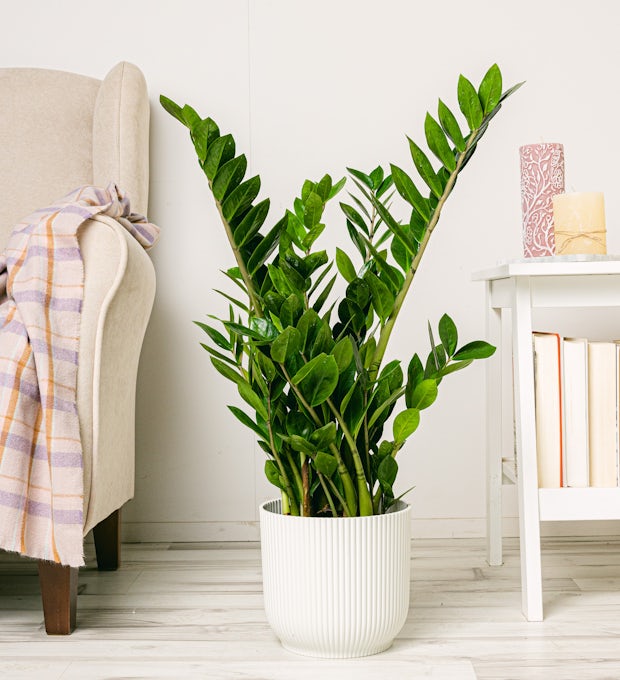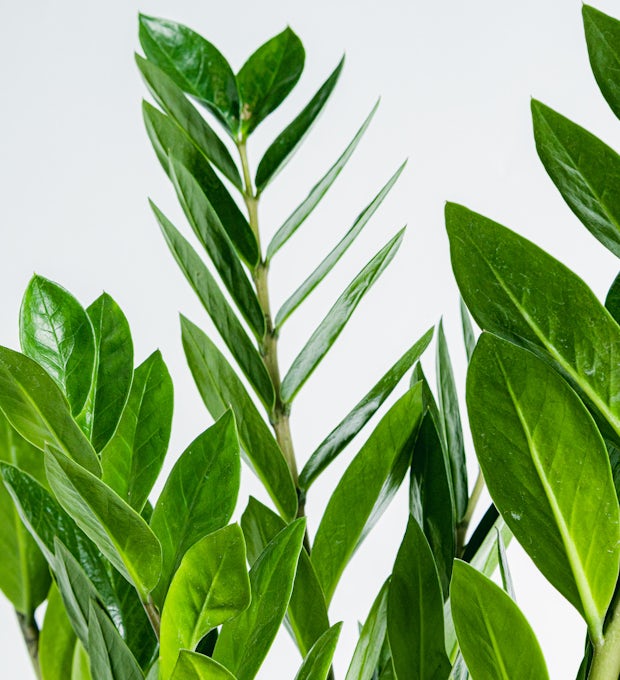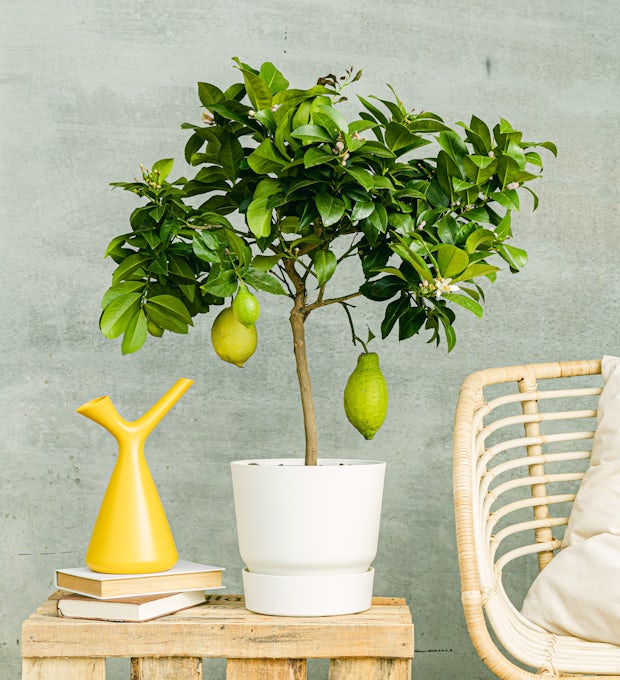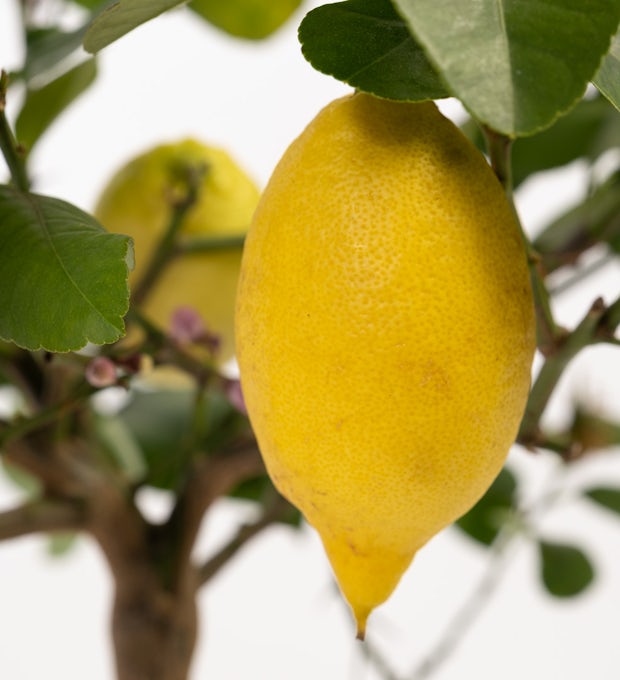Plant care is an activity that can be very rewarding, but it can also be challenging. Many times we find yellow leaves, diseases or pests on our plants and we don't know what to do to solve it. In this article, we'll give you practical tips to combat yellow leaf on your plants and keep them healthy and radiant. We'll identify the causes and symptoms of yellow leaf, talk about the importance of proper watering, plant nutrition, pest and disease control, ideal light and temperature, the power of pruning, and additional tips to keep your plants in tip-top condition. Join us on this green adventure!
Identifying the Yellow Leaf: Causes and Symptoms
Identifying the yellow leaf on plants is essential to be able to combat it effectively. This symptom can be caused by a variety of reasons, including watering problems, lack or excess of nutrients, pests, or diseases. When looking at a yellow leaf, it's important to pay attention to other signs that may accompany it, such as spotting, discoloration, or wilting. If the yellow leaf is located at the bottom of the plant, it is likely an indication of a lack of sunlight. On the other hand, if it affects several leaves at the same time and they have a pale tone, it could be a sign of nutritional deficiency. On the other hand, if only some leaves are affected and also have spots or deformations, it is possible that it is a pest or disease. Correctly identifying the causes and symptoms of yellow leaf will allow us to take the necessary steps to fix the problem and keep our plants healthy and radiant.
The Importance of Proper Watering
The importance of proper watering is crucial to keeping our plants healthy and radiant. Water is essential for plant growth, as it provides them with the nutrients needed for their development. However, overwatering or underwatering can be detrimental to them. Improper watering can lead to the appearance of yellow and wilted leaves, as well as the death of the plant. Therefore, it is important to know the water needs of each plant species and adapt irrigation to its characteristics. Some plants require frequent watering, while others need a smaller amount of water. It is also important to consider the time of year and weather conditions, as in summer or in very hot areas plants need more water than in winter or cold areas. In addition, it is advisable to water early in the morning or at sunset, when the sun is not so strong, to prevent the water from evaporating quickly and not reaching the roots of the plant. In short, proper watering is essential to keep our plants healthy and beautiful, so we need to pay attention to their water needs and water them carefully and regularly.
We ship plants to all locations, you can see more options here.
Plant Nutrition: The Key to Healthy Plants
Plant nutrition is one of the most important aspects to consider if you want to have healthy, radiant plants in your home. To do this, it is necessary to know the specific needs of each plant in terms of nutrients. Plants need a variety of nutrients to grow and thrive, such as nitrogen, phosphorus, potassium, calcium, magnesium, and iron. These nutrients can be obtained through the soil, but sometimes they are not enough to meet the needs of the plant. In these cases, it is important to provide fertilizers to supplement plant nutrition. It is important to note that too much fertilizer can also be harmful to plants, so it is necessary to follow the recommended application instructions. Additionally, some types of plants may require a specific type of fertilizer or a different amount of nutrients. For example, flowering plants may need more phosphorus to bloom properly. In short, knowing the nutritional needs of each plant and providing them with the right nutrients through soil and fertilizers is critical to keeping them healthy and radiant in the home.
We ship plants to all locations, you can see more options here.
Pest and disease control in your plants
Controlling pests and diseases in your plants is essential to keep them healthy and prevent them from weakening or dying. There are different types of pests and diseases that can affect your plants, such as spider mites, aphids, fungi, and bacteria. To combat these threats, it's important to keep an eye out for signs of infestation, such as leaf spots, deformations, or the presence of insects. A preventative measure is regular cleaning of the leaves and soil around the plant to eliminate potential sources of infection. Additionally, you can use organic products like neem oil or potassium soap to control pests without harming the environment or the health of your plants. In the case of fungal diseases, it is advisable to prune the affected parts and apply specific fungicides to prevent their spread. Remember to follow the manufacturer's instructions and avoid excessive use of chemicals. It is also important to maintain a balance in the garden or orchard, promoting plant diversity and avoiding monoculture, as this reduces the likelihood of the spread of pests and diseases. With good pest and disease management and control, you'll be able to enjoy healthy, radiant plants in your home or garden.
The ideal light and temperature for your plants
Light and temperature are two fundamental factors for proper plant care. Sunlight is essential for the process of photosynthesis, which allows plants to produce food and energy. It's important to place plants in places where they'll receive the right amount of light based on their specific needs. Some plants require direct light, while others prefer more diffuse light. It is advisable to research the lighting needs of each species before placing them in a certain place.
In addition to light, temperature also plays a crucial role in plant growth and development. Each species has an optimal temperature at which it can thrive. In general, most plants are comfortable in temperatures between 18°C and 24°C during the day, and between 10°C and 16°C at night. However, it's important to note that some plants can tolerate higher or lower temperatures.
It is advisable to avoid sudden changes in temperature, as this can negatively affect the plants. In addition, it is important to maintain good ventilation in the environment where the plants are located to avoid problems such as excess humidity or lack of oxygen.
In summary, providing the right amount of light and maintaining an optimal temperature are fundamental aspects to ensure the well-being and healthy development of our plants. Observing and adapting to the specific needs of each species will allow us to keep our plants radiant and full of life.
The Power of Pruning: How to Revitalize Your Plants
The Power of Pruning: How to Revitalize Your Plants
Pruning is a key technique for keeping your plants healthy and revitalized. Through this practice, dead, damaged, or diseased branches are removed, allowing the plant to focus its energy on growing new branches and leaves. Pruning also helps shape the plant and control its size.
There are different types of pruning, such as training pruning, which is carried out in the first years of the plant's life to give it an adequate structure; maintenance pruning, which is carried out regularly to remove unwanted branches; and rejuvenation pruning, which involves cutting the plant down to ground level to encourage new growth.
When pruning, it is important to use clean, sharp tools to avoid damaging the plant. In addition, it is essential to know the right time to do it, as this can vary depending on the type of plant. In general, it is recommended to prune in spring or late winter, when the plant is dormant.
Pruning not only helps revitalize plants, but it also promotes better air and light circulation within them, reducing the risk of disease and pests. In addition, by removing dead or diseased branches, problems are prevented from spreading to the rest of the plant.
In short, pruning is an essential technique for keeping your plants healthy and in good condition. Through this practice, you can shape them, control their size, and stimulate new growth. Don't forget to do it carefully and at the right time for the best results.
Additional Tips for Keeping Your Plants Radiant
In addition to the basic tips for caring for your plants, there are a few additional tricks that can help you keep them glowing. One of them is the use of organic fertilizers, which can provide the necessary nutrients for the healthy growth of your plants without harming the environment. It's also important to note that some plants may need a potting change from time to time, as the roots can grow too large and need extra space to expand. On the other hand, it is advisable to regularly clean the leaves of your plants with a damp cloth to remove dust and accumulated dirt. Also, if you have pets at home, be sure to protect your plants from damage by placing them out of reach or using natural repellents. Finally, it's important to remember that each plant has its own specific needs, so you should do your research and know the right characteristics and care for each of them. By following these additional tips and paying attention to your plants' individual needs, you'll be able to keep them radiant and healthy for a long time.
Plants are living things that need specific care to stay healthy and radiant. Identifying the yellow leaf, watering properly, nurturing, and controlling pests are just a few of the practical tips that can help you keep your plants in good shape. In addition, it is important to consider the right light and temperature for each species, as well as pruning to revitalize the plants. However, beyond these practical tips, caring for plants can also be a therapeutic activity that connects us with nature and helps us reduce stress. What other activities related to plant care can we do to improve our quality of life? Let's reflect on how we can harness this connection to nature for our emotional and physical well-being
